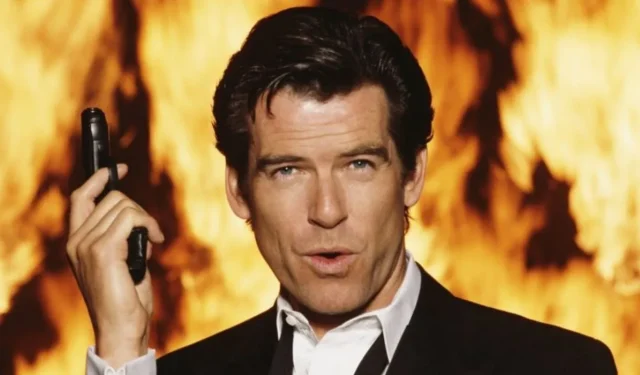
Pierce Brosnan appeared as James Bond in four films, yet none managed to surpass the allure of his inaugural outing in GoldenEye. Released in 1995, this masterpiece directed by Martin Campbell marked Brosnan’s official introduction as the iconic British spy. Alongside him, the film featured Sean Bean as the formidable Alec Trevelyan, Famke Janssen as the lethal Xenia Onatopp, Isabella Scorupco as Natalya Simonova, and the esteemed Judi Dench, who made her debut as M. GoldenEye achieved tremendous commercial success, amassing $356 million globally.
The delay of six years since 1989’s License To Kill was a result of a legal dispute over the rights to the Bond franchise, leading to Timothy Dalton’s exit from the role. In a savvy move, producers Barbara Broccoli and Michael G. Wilson chose Brosnan to revitalize the character. In GoldenEye, 007 is set on a mission to thwart the Janus organization, which had seized control of a Russian satellite named GoldenEye. This satellite posed a global threat through its potential to unleash an electromagnetic pulse that could devastate technology across nations. GoldenEye represented a pivotal moment, revitalizing the James Bond franchise for modern audiences.
Revolutionizing Bond’s Formula for the 1990s
Entering the Era of Blockbuster Action
GoldenEye expertly amalgamated the classic elements of James Bond with the exhilarating essence of 1990s blockbuster cinema, all while incorporating the pertinent themes of post-Cold War espionage. Brosnan’s 007 was perfectly suited to confront the complex, morally ambiguous enemies of this new landscape. The film opened dramatically with a breathtaking bungee jump, followed by a thrilling tank chase through St. Petersburg and an unforgettable showdown atop a satellite dish in Cuba. Brosnan elevated Bond’s action-packed narrative to unprecedented heights.
Born for the role, Brosnan synthesized the strengths of his predecessors—Sean Connery’s sophistication, Roger Moore’s humor, and Timothy Dalton’s toughness. His portrayal encapsulated a Bond who pursued his missions with vigor and charm, yet also conveyed the complexities of a character deeply affected by the dangers and challenges he faced. In GoldenEye, Brosnan’s 007 swiftly became an iconic figure, effortlessly adapting to the treacherous environments he navigated, which allowed audiences to embrace Bond once more.
Introduction of Iconic Villains in GoldenEye
Memorable Villains: Alec Trevelyan and Xenia Onatopp
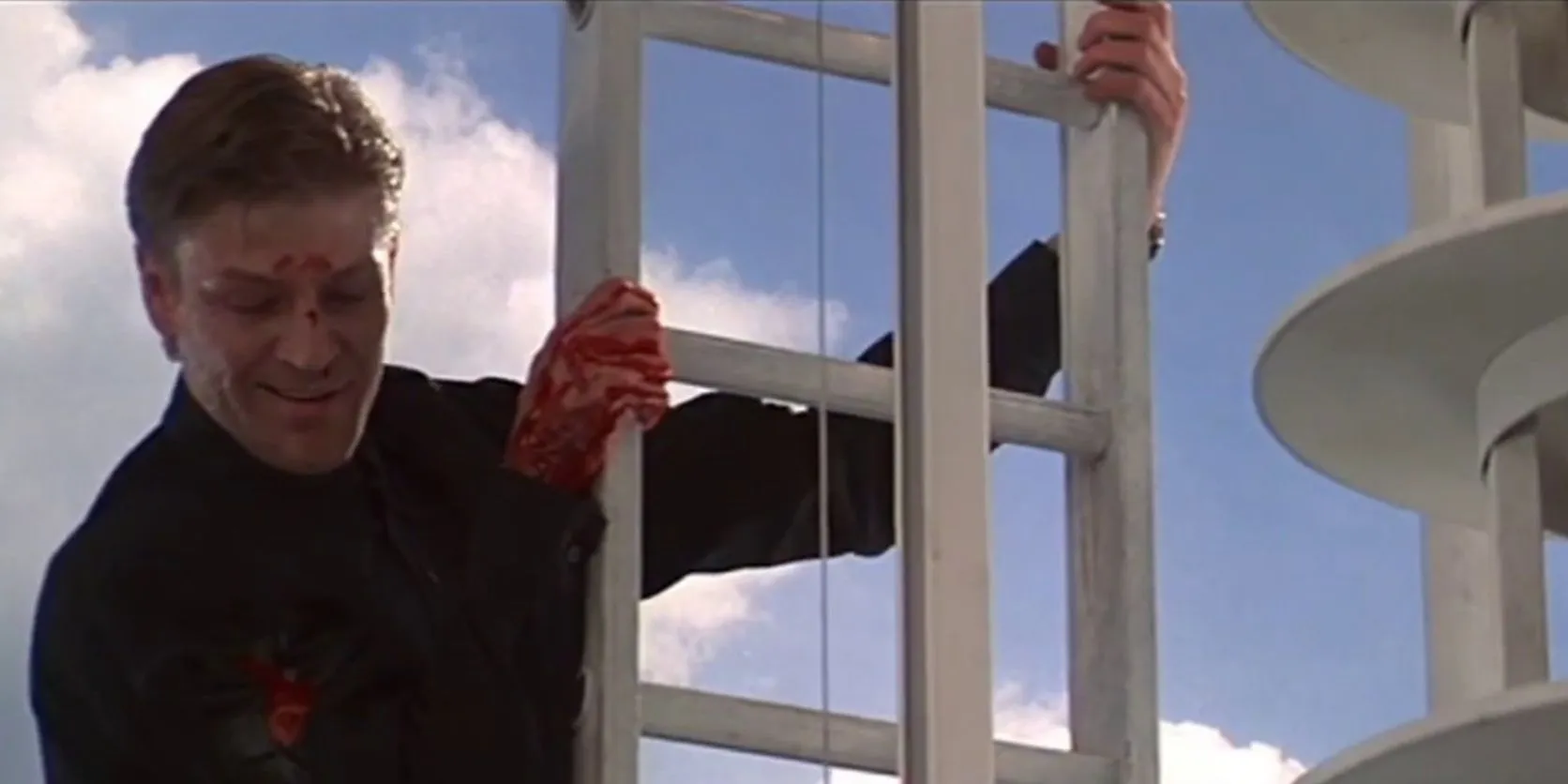
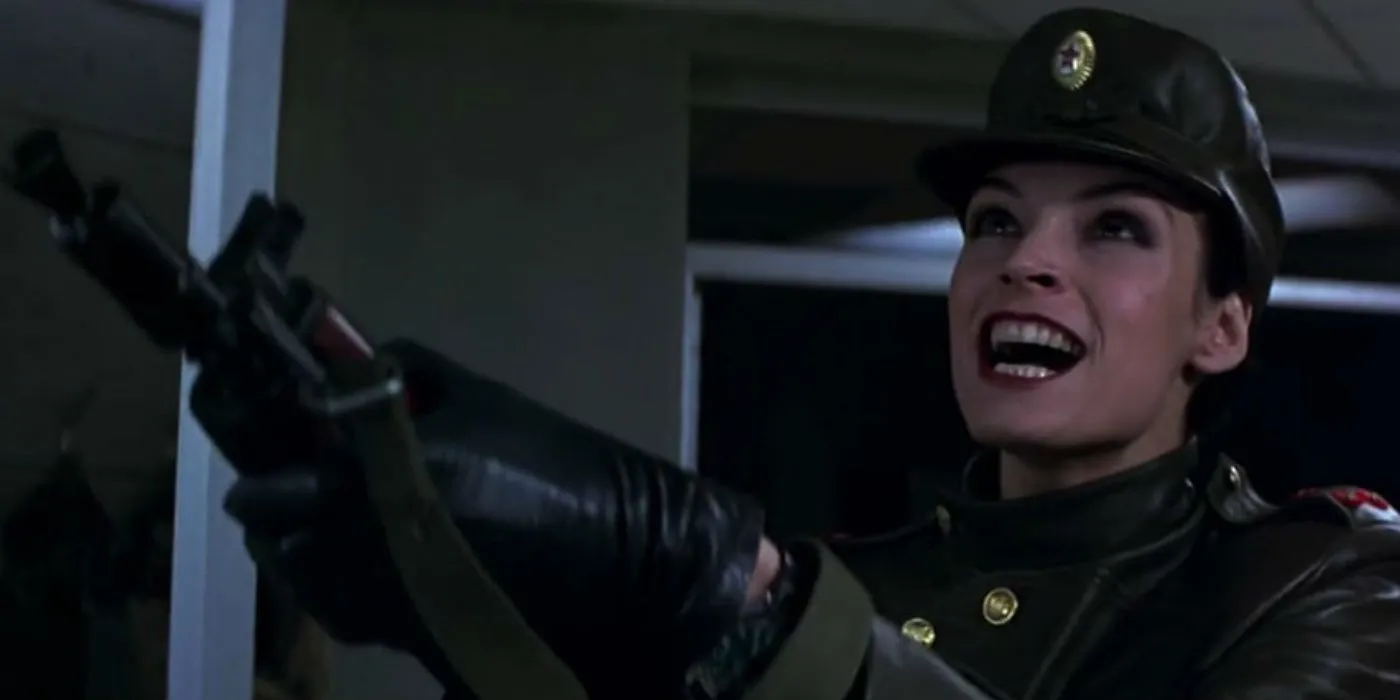
In GoldenEye, Bond encounters two standout adversaries that have since become legendary in the franchise’s history. Sean Bean’s portrayal of Alec Trevelyan introduced a deeply layered antagonist; as a former MI6 agent turned rogue, he became a formidable rival for Bond. The clever narrative device of making Trevelyan a reflection of Bond—both in skill and ambition—underscored their rivalry. This film represented a groundbreaking moment, as it was the first to depict a fellow Double-O agent as a direct threat.
Similarly, Famke Janssen’s Xenia Onatopp stands as one of the most unforgettable Bond villains. Unlike traditional Bond girls who often shift allegiances, Xenia is unapologetically ruthless, capable of deadly seduction and brute force. Her character marked a high point in the depiction of female antagonists in the series, arguably matching iconic figures like Oddjob from Goldfinger and Jaws from The Spy Who Loved Me.
The film was also notable for introducing Robbie Coltrane as Valentin Dmitrovich Zukovsky, a character whose charisma led to his return in later films. Additionally, GoldenEye featured the treacherous Boris Grishenko, played by Alan Cumming, and the menacing General Ourumov, portrayed by Gottfried John. Collectively, these villains ensured that GoldenEye’s rogues gallery remains unparalleled.
Judi Dench: A Modern M
Dench’s Era as M for Two Generations of 007
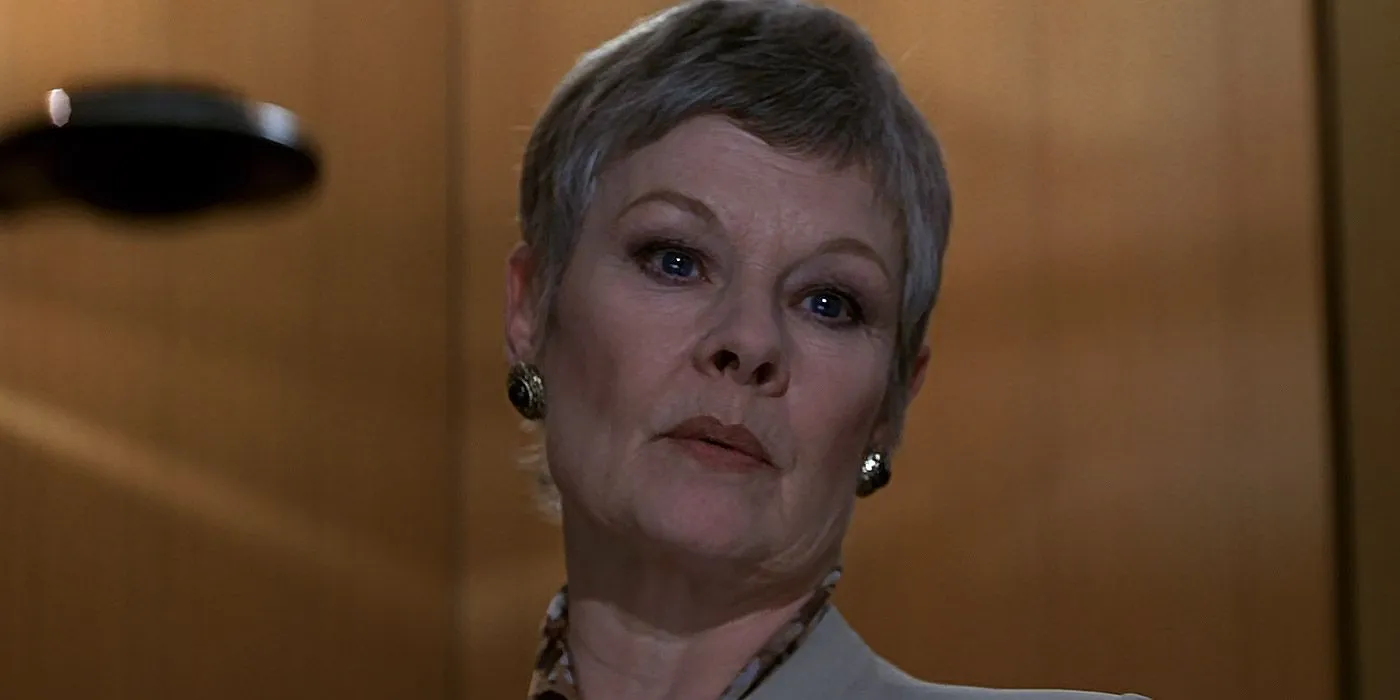
One of the most significant innovations in GoldenEye was casting Judi Dench as M, Bond’s superior at MI6. Moving away from the traditional mold characterized by Bernard Lee’s portrayal, Dench brought a contemporary flair to the role. Notably, her introduction as a feisty and pragmatic leader challenged 007’s outdated views. She declared Bond a “sexist, misogynist dinosaur,”setting a new tone for their relationship.
Dench’s impact was profound, as she not only continued in the role through Brosnan’s tenure but also transitioned to the era of Daniel Craig, imbuing M with depth that balanced authority and maternal instincts. Dench’s portrayal raised the standard for the character, redefining the dynamics of leadership within the franchise.
Challenges in Brosnan’s Subsequent Films
A Shift Toward the Absurd
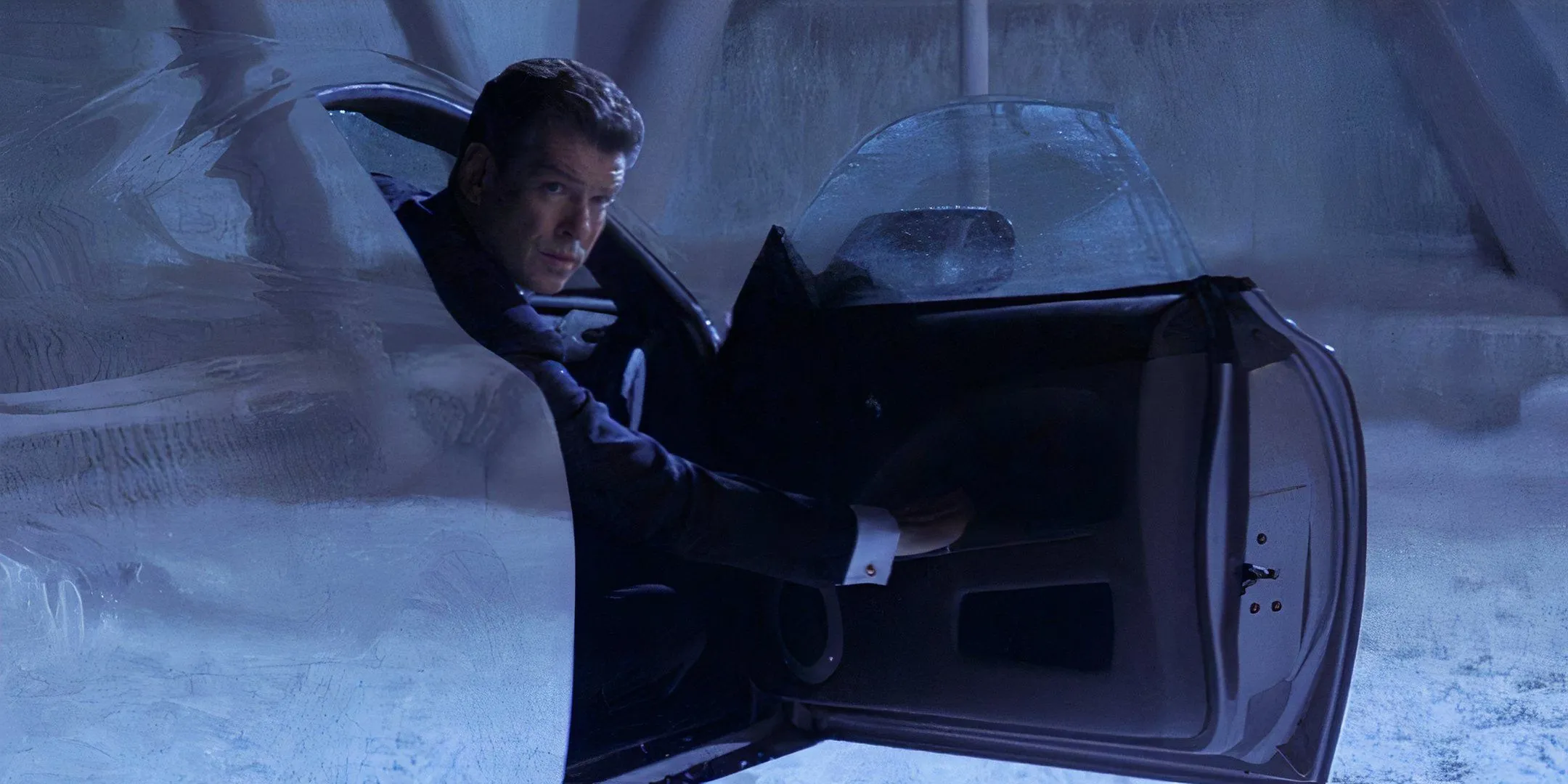
While GoldenEye established a high benchmark for Pierce Brosnan’s era, subsequent films struggled to maintain that momentum. Although The World Is Not Enough and Die Another Day outperformed GoldenEye at the box office, they failed to captivate audiences in the same manner. For instance, Tomorrow Never Dies introduced a compelling antagonist in media mogul Elliot Carver, played by Jonathan Pryce, yet it fell short of the engaging storytelling found in GoldenEye.
| Film Title | Release Year | Director | Worldwide Gross |
|---|---|---|---|
| GoldenEye | 1995 | Martin Campbell | $356,429,933 |
| Tomorrow Never Dies | 1997 | Roger Spottiswoode | $339,504,276 |
| The World Is Not Enough | 1999 | Michael Apted | $361,730,660 |
| Die Another Day | 2002 | Lee Tamahori | $431,942,139 |
By 1999, The World Is Not Enough showcased some of the extreme excesses characteristic of late-90s blockbusters. Although it featured an intriguing storyline with Sophie Marceau as the duplicitous Elektra King, nonsensical plot developments and questionable casting decisions diminished its impact. Similarly, the 2002 film Die Another Day moved into absurd territory, incorporating elements like an invisible car and a villain grotesquely transformed from North Korean to English. These films showcased Brosnan’s range but never quite captured the exhilarating essence of GoldenEye, which remains a standout highlight in his portrayal of the legendary spy.




Leave a Reply